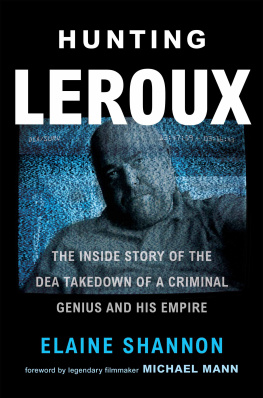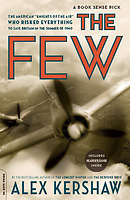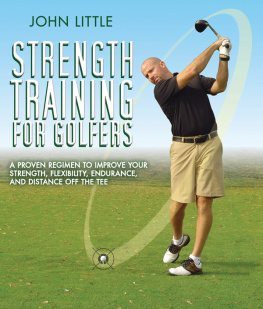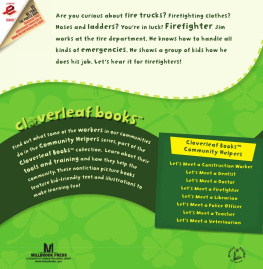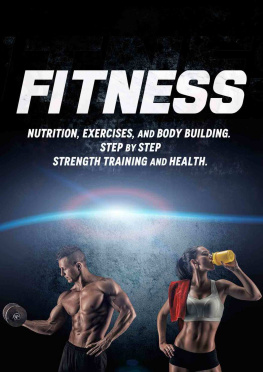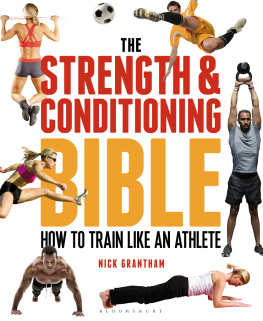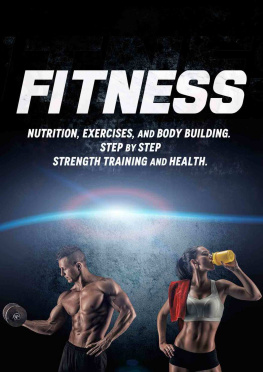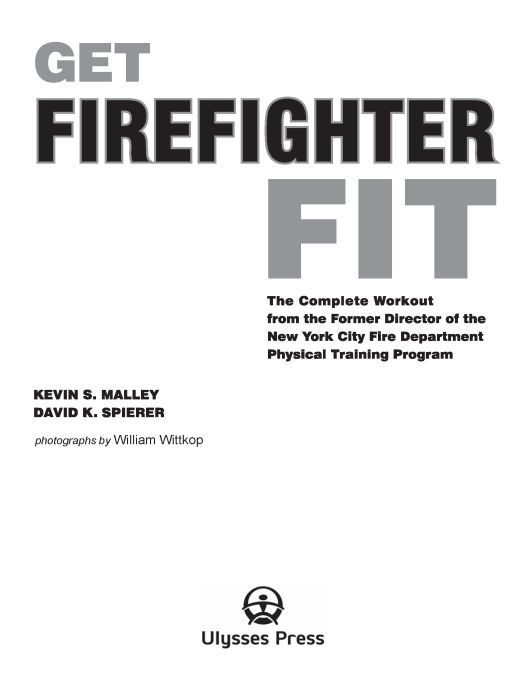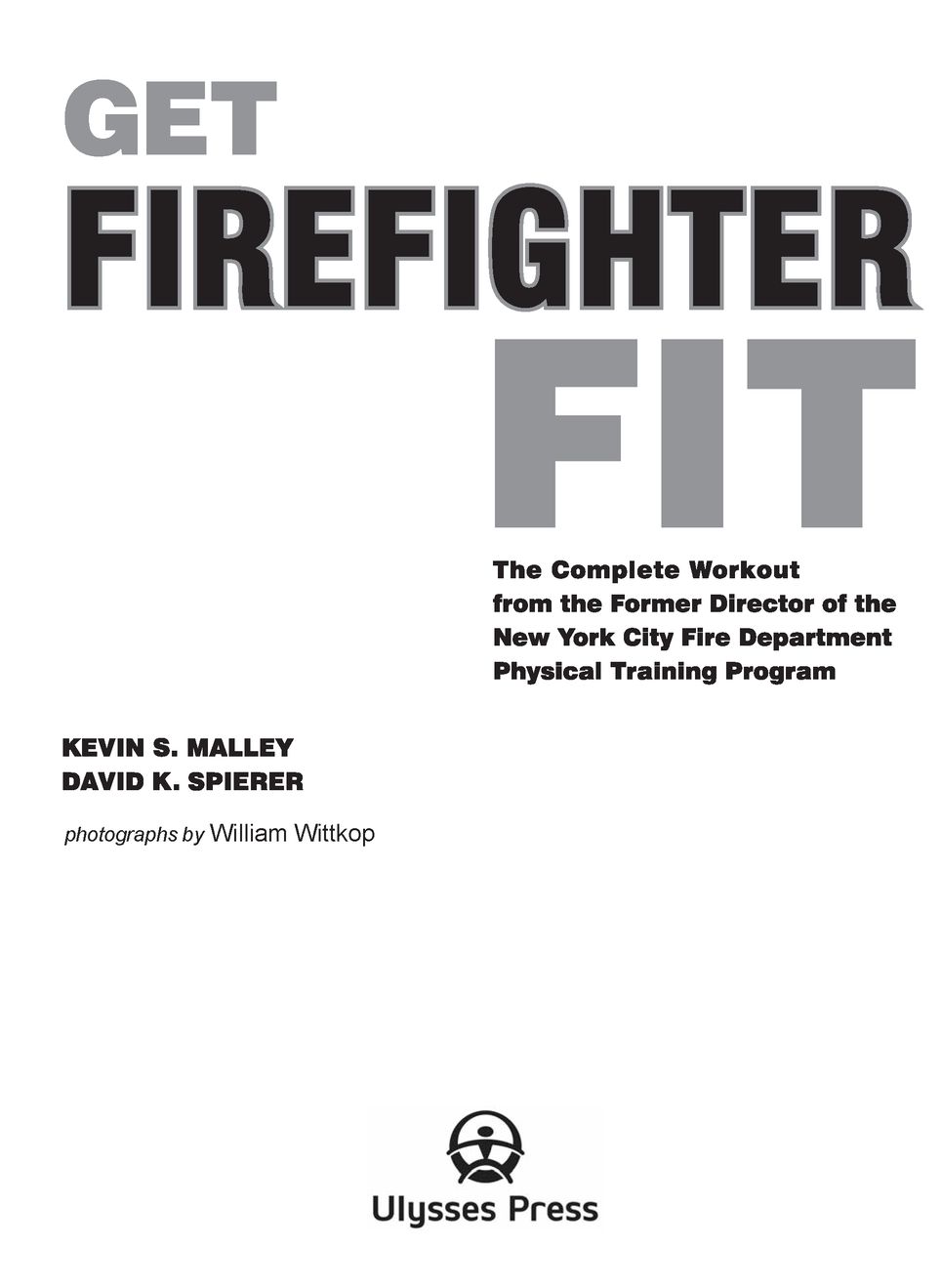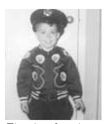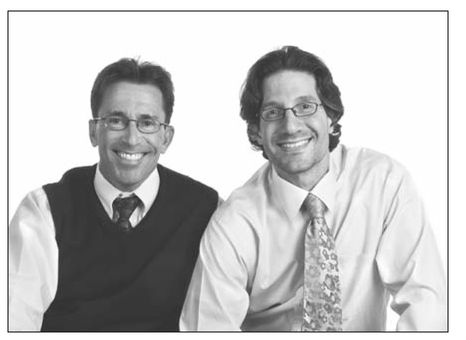Table of Contents
This book is dedicated to the fallen firefighters and fire officers with whom I had the great honor and privilege of working and/or training with through my term as a firefighter and fire officer with the New York City Fire Department. These men, in the most honorable tradition of our profession, gave so much of themselves in their commitment to assist others in need. Their contributions were as immeasurable as the loss we continue to feel in their absence:
Thomas Gardner, Kevin Donnelly, Peter McLaughlin, Scott LaPiedra, Patrick Brown, John McAvoy, William McGinn, Ronald P. Bucca, Edward F. Geraghty, Dennis Cross, Thomas Foley, Thomas T. Haskell, Jr., Robert Hamilton, Donald J. Regan, Vernon A. Richard, Timothy Stackpole, John M. Paolillo, William M. Feehan, Peter Ganci, Raymond M. Downey, Terrence S. Hatton, Christopher Blackwell, Charles J. Margiotta, Charles L. Casper, Lawrence T. Stack, Jonathan L. Ielpi, Michael Mullen, Lawrence J. Virgillio, Hector I. Tirado, Jr., John P. Williamson, Christopher A. Santora, Timothy S. Haskell, Michael Boyle, William F. Burke, Jr., Charles Garbarini, James R. Coyle, Dennis Devlin, Jeffrey J. Giordano, Vincent F. Giammona, Thomas Kelly, Michael V. Kiefer and (young) Dave Farrell.
Acknowledgments
Thanks, Smokey
We would like to thank the following individuals and organizations for their gracious contributions and assistance in the completion of this book: Dr. William D. McArdle, Dr. Eric Malmberg, Daniel Caffrey, Richard Nagel,
Michael Andreachi, Thomas Grimshaw, Jan Schlegel, Mark Cohen, Sergio Villamizar, James M. Roberts, Michael Scaniello, George Deaver, Ellen Wayman-Gordon, New Jersey City University, and the fire departments of Milburn and South Orange, New Jersey.
Introduction
In the spring of 1996, the recently appointed commissioner of the New York City Fire Department, Thomas Von Essen, offered me a newly created position as the director of human performance. During our interview, he stated that if I were to accept the position, he would provide me with the support I needed to develop any conceivable program that might potentially improve the health, safety and performance of New York City firefighters. I accepted the offer and, for a period of slightly more than five years, worked together with an extraordinary group of dedicated colleagues (including the inexhaustible Dr. David J. Penzant) on a broad variety of projects in nearly every branch of the department. We worked tirelessly, committed to giving back to the job we all felt so strongly about and absolutely believed in, trying to do whatever we could to make our job (FDNY firefighting) a better and safer occupation for all those currently in the field as well as those who were yet to come.
Receiving unprecedented support from the commissioner and his administration, as well as key support from the unions, we worked within the department and also partnered with the New York State Division of Fire Prevention and Control, the International Association of Fire Fighters (IAFF) and International Association of Fire Chiefs (IAFC) to develop health and fitness programs for firefighters in New York City, New York State and across the nation. Most importantly, as a consequence of the committed efforts of a sensational staff led by FDNY unit directors Patrick McFadden and Michael Cacciola, we created a full spectrum of successful physical training programs for FDNY firefighters, fire officers, alumni, Emergency Medical Service (EMS) personnel, firefighter cadets, civilian staff, and FDNY candidates. Additionally, we contributed to the IAFF/IAFC Wellness Initiative, Candidate Physical Ability Test (CPAT) and Peer Fitness Trainer Program.
This book was written with the same intention and philosophy as most, if not all, of our previous workthat is, to enable motivated people like you to train and achieve the peak level of fitness exhibited by high-performance firefighters. As with our previous efforts, this book will provide you with the tools and direction you need to improve your personal fitness, health and either athletic or fireground performance and safety. Dave and I have combined our diverse academic, professional and athletic experiences to produce a unique and effective training tool. Having trained literally thousands of incumbent and prospective firefighters as well as EMS workers, civilians and college athletes, we recognize absolutely the importance of communicating clearly in order to facilitate learning and optimize training results.
Whether youre a civilian, athlete, or prospective or incumbent firefighter, you will see, learn and understand how every aspect of your training relates directly to the development of your fitness capacities and high-intensity physical performance. The photographic support of exercise descriptions will enable you to make the direct connection between a multitude of firefighting tasks and the specific exercises you perform. As you execute each repetition of your exercise sets, envision yourself completing real firefighting tasks. You will in essence be the firefighter, forcing open doors and extinguishing rooms of fire. This is the way to stay focused and maintain a high level of motivation throughout the course of your training. This is the way to achieve the greatest gains and train most effectively for high performance on the athletic field or in the field of fire. This is the way to Get Firefighter Fit.
Good luck with your training, and may you enjoy the conditioning process as well as the improvements that result.
Kevin S. Malley
Jersey City, New Jersey
May 2008
Authors Kevin Malley (left) and David Spierer
You Are the Firefighter
Its almost nine oclock. Your day tour is about to begin.
After two cups of coffee, a bagel and 30 minutes of banter with the crew, you slip out of the kitchen to check out the rig. Its a beautiful summer day. As you walk onto the apparatus floor, a warm, familiar sensation arises in your gut. The scent of last nights fire is in the air.
You glance at the crews gear and then move toward the rig. Your eyes focus and affix on the ornate lettering of the aerial ladder: Ladder Company 40. You dont have to think about ityou feel it and you just know it, deep inside. This is where you want to be. This is what you want to do. Youre a firefighter and you serve to save other peoples lives. This is the greatest job.
Knowing that preparation is the key to success in any athletic activity, you begin each tour of duty by inspecting your gear and tools. This equipment enables high-level performance and can save your life. You remove your protective turnout coat and pants, helmet and boots from the rack. They feel a little heavy this morning, still damp from yesterdays fire. You rummage through the coat pockets, checking for gloves, hood, knife and other personal equipment. No wonder the gear weighs so much. The jackets only about 40 pounds out of the box, but certainly much heavier today, dirty, wet and loaded with tools. You lay out the gear by your riding position, organizing it so you can dress quickly in response to an alarm.





